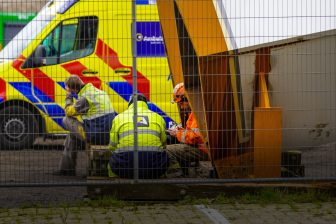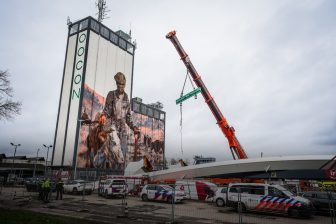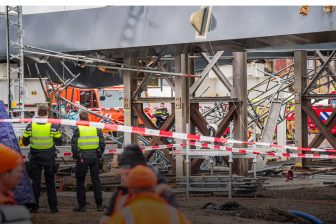Green light for Brenner Base Tunnel
Vice-President Siim Kallas, responsible for transport, and European Coordinator Pat Cox attended today a ceremony in Innsbruck to launch the works on the Brenner Base Tunnel. The Brenner Base Tunnel is a low-gradient rail tunnel with two parallel tubes between Innsbruck (Austria) and Fortezza (Italy). The cross-border tunnel will remove a major bottleneck for both freight and passenger transit between Austria and Italy. Vice-President Kallas welcomed the decision taken by Austria and Italy to start the tunnelling works as an important step towards more resource-efficient and sustainable transport in the sensitive alpine region.
2011-04-18 Austria and Italy officially approved the launch of the works on the 55 km long rail tunnel. This decision follows agreement between the two countries on the total cost and financing of the project. The total cost of the Brenner Base Tunnel has been agreed at €8 billion, including risk provisions. This amount includes the €786 million committed by the EU from the TEN-T budget during the financial perspective 2007-13. Overall, the EU committed €1 billion to Priority Project 1, including subsidies to the European Rail Traffic Management System (ERTMS). The tunnel is the centrepiece of Priority Project 1, the high-capacity rail axis from Berlin to Palermo which is part of the Trans-European Transport Network (TEN-T). When connected south of Innsbruck with the already existing underground bypass, the world’s longest underground railway will be created, with a total length of 64 km.
Excavation works on the exploratory and access tunnels already started in 2008 and are making good progress. With today’s decision, works on the main tunnel can now begin, starting from Innsbruck in the north and from Fortezza in the south. As from 2016 the central part of the tunnel between Ahrental and Trens will be excavated. The tunnel is scheduled to be completed in 2025.
Vice-President Kallas said: “This decision marks an important step forward. In these economically difficult times, investing in a sustainable European transport policy is more important than ever. In line with the objectives of the White Paper on the Future of Transport the Brenner Base Tunnel will deliver a crucial contribution for rail transport to play its part in more resource efficient and sustainable alpine transport.”
Mr Cox, European Coordinator for Priority Project 1 and former President of the European Parliament, added: “Today’s decision reflects the progress made by Austria and Italy in recent months as well as by the Brenner Corridor Platform and other stakeholders since the start of this important TEN-T Priority Project. It is a tribute to all those who have worked with such commitment to ensure the realisation of one of Europe’s major future rail corridors. I would also like to use this opportunity to pay tribute to my predecessor, the late Karel Van Miert, who was instrumental in keeping this complex process moving forward at every stage.”
Priority Project 1 is among the 30 Priority Projects chosen by the European Union both according to their European added-value and their contribution to the sustainable development of transport. Their completion will improve the economic efficiency of the European transport system and provide direct benefits for European citizens.
For more information
tentea.ec.europa.eu/en/ten-t_projects/30_priority_projects/priority_project_1
U las zojuist één van de gratis premium artikelen
Onbeperkt lezen? Profiteer nu van de introductieaanbieding voor € 10,- per maand.
Bent u al abonnee?



